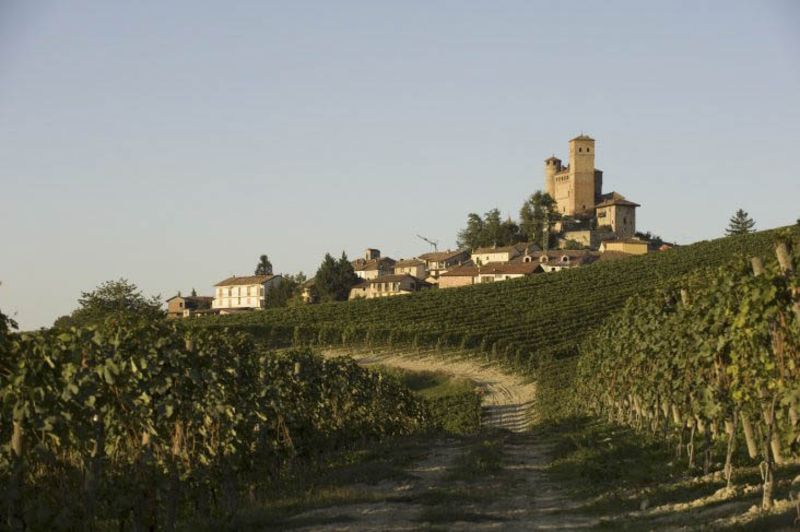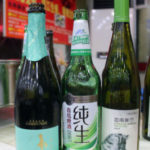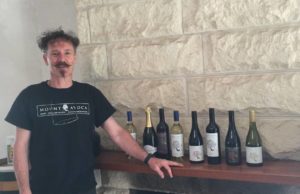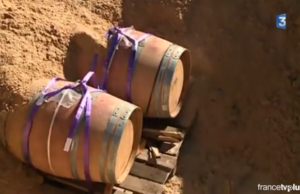Half of U.S. Wineries Might Be Sold in the Next Five Years
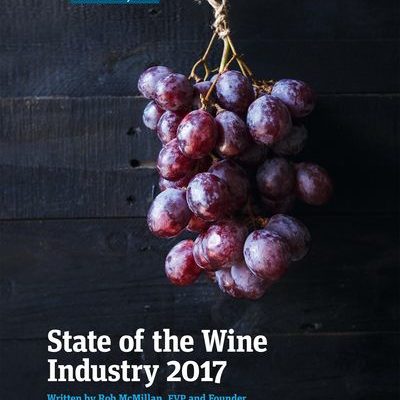
The Great Winery Sell-off of 2016 was just the beginning, both in the U.S. and abroad.
When billionaire Stan Kroenke, owner of Napa cult winery Screaming Eagle and a slew of sports teams (including the L.A. Rams), bought a majority stake in December in iconic estate Bonneau du Martray in Burgundy, France, shock waves ricocheted around the wine world. The historic property has belonged to the le Bault de la Moriniere family since the French Revolution. Its grand cru Corton-Charlemagne is one of the planet’s great white wines.
But that was only one of many high-profile wineries and vineyards to trade hands last year. In California and Oregon, more than 35 were sold.
Get ready for 2017: The Silicon Valley Bank’s State of the Wine Industry 2017 report, released on Wednesday, predicts a continuing vineyard land grab this year.
“This sell-off phenomenon is not a real estate bubble,” insisted author Rob McMillan, founder of the bank’s wine division.
The Silicon Valley Bank serves both the tech industry and the wine industry; about half its 350 west coast winery clients are in Napa. This gives the bank unique insights into what’s happening and what will happen next in the U.S. wine world. McMillan’s annual missive has become the industry’s yearly report card. This year, he looked back at the trends in 2016 and tackled what to expect in 2017, using the entertaining framework of the movie, Jaws.
Blood in the Water
“In the wine business, there is blood in the water. The fishing is for premium wine assets,” he noted in a section on land and mergers and acquisitions. More buyers want prime land in prestigious areas with fewer and fewer plantable acres. Sellers of the top estates can bargain hard as prices spiral upward.
In a survey of U.S. winery owners, for example, McMillan found that 30 percent were considering or expecting a sale during the next five years; an additional 20 percent said a sale during that time frame was “possible.” That’s a lot of wineries and land that might come on the market.
A prime reason the sell-off will continue, he said, is that baby boomers are aging and want to retire. That’s the story behind the October sale of Oregon pinot noir estate WillaKenzie. Owner Bernard Lacroute had just turned 73, and his children had no interest in taking over the business.
Many boutique wineries are also selling out to bigger wine companies for financial help, easier access to top grapes, and marketing muscle and hustle. It’s become harder and harder for even the best small brands to get their bottles on retail shelves. One of my favorite Sonoma pinotmakers, Copain, and two pioneers in Oregon, WillaKenzie and Penner-Ash, joined the list of wineries owned by Jackson Family Wines in 2016.
The payoff can be incredible. Former rock promoter Charles Smith, known for his frizzy white hair and wines with weird names made from purchased grapes, founded his Washington State winery in 1999. In October, he sold his five core brands to giant Constellation for $120 million. Smith is staying on to make the wines. That’s the new way to sell out.
European Sell-Off
The SVB report doesn’t cover Europe, but in the Old World, a great sell-off is in full speed, too. Here, succession problems come to the fore, often involving inheritance taxes on land that has recently become incredibly valuable, threatening the ability of families to hold on to historic estates. Top vineyards in Burgundy now bring as much as €4 million per hectare ($1.7 million an acre). Bonneau du Martray’s estate manager, Jean-Charles le Bault de la Morniere, one of the four brothers who retain a minority share, said the family sold to ensure “the future of the estate.”
In Italy, sales of historic wineries such as Vietti (Barolo) and Biondi-Santi (Brunello di Montalcino) to outside investors have sparked serious controversy. Local winemakers are worried that regional wine cultures will change and that the younger generation will be shut out when vineyards come on the market at high prices.
Reshaping the Winescape
A host of trends outlined in the SVB report explain the current land rush from the buyers’ perspective, as well as why it will continue in 2017. Among the most important are the stronger dollar, improving economy, and ever-increasing consumer demand worldwide—especially for more expensive wines as drinkers jettison cheap generics.
Large U.S. wine companies such as Jackson Family Wines want to grab additional premium wineries for their international vineyard empire while they’re still available, locking in supplies of high-quality pinot noir and cabernet.
“Debt is inexpensive right now, and there are amazing wineries on the market,” said David Bowman, executive vice president, who likes to call the Jacksons “the Medici family of the wine business.”
Let’s not forget ego, curiosity, and passion as buyer motivations. The dream of owning a vineyard is still going strong; 2017 will feature good buys in Oregon, where prime vineyards still cost one-tenth the price in Napa, and in Bordeaux, where such Chinese buyers as Jack Ma have been joined by wine lovers from elsewhere.
American Tom Sullivan, founder of Miami-based Lumber Liquidators, was captivated by a vineyard in Tuscany, but in 2016 he plunked down money for four small organic estates in Bordeaux, where, he said, “the prices were way lower.”
Bottle Shock
So what does all this selling and buying mean for wine drinkers in 2017? It’s a mixed picture. If you want to purchase a vineyard, you’ll have a lot of choices.
On the other hand, prices of the some luxury wines may begin to rise. Grape prices both drive and reflect land values, said McMillan. If a vineyard costs $700,000 an acre, the grapes generally have to cost $10,000 a ton (the going rate for top cabernet grapes in Napa), “and that translates into a minimum of $100 a bottle.”
For passionate wine lovers, an even bigger question is what will happen to the quality of the wines made by sold-off wineries. Will the juice keep its allure?
That all depends on who buys what and whether the talented winemaker stays on, as has been happening more frequently.
Billionaires often sink far more money into a property than makes financial sense in the short term, only to end up subsidizing quality. Wine lovers will be the beneficiaries of such long-term thinking.
At least, that’s what we hope.

